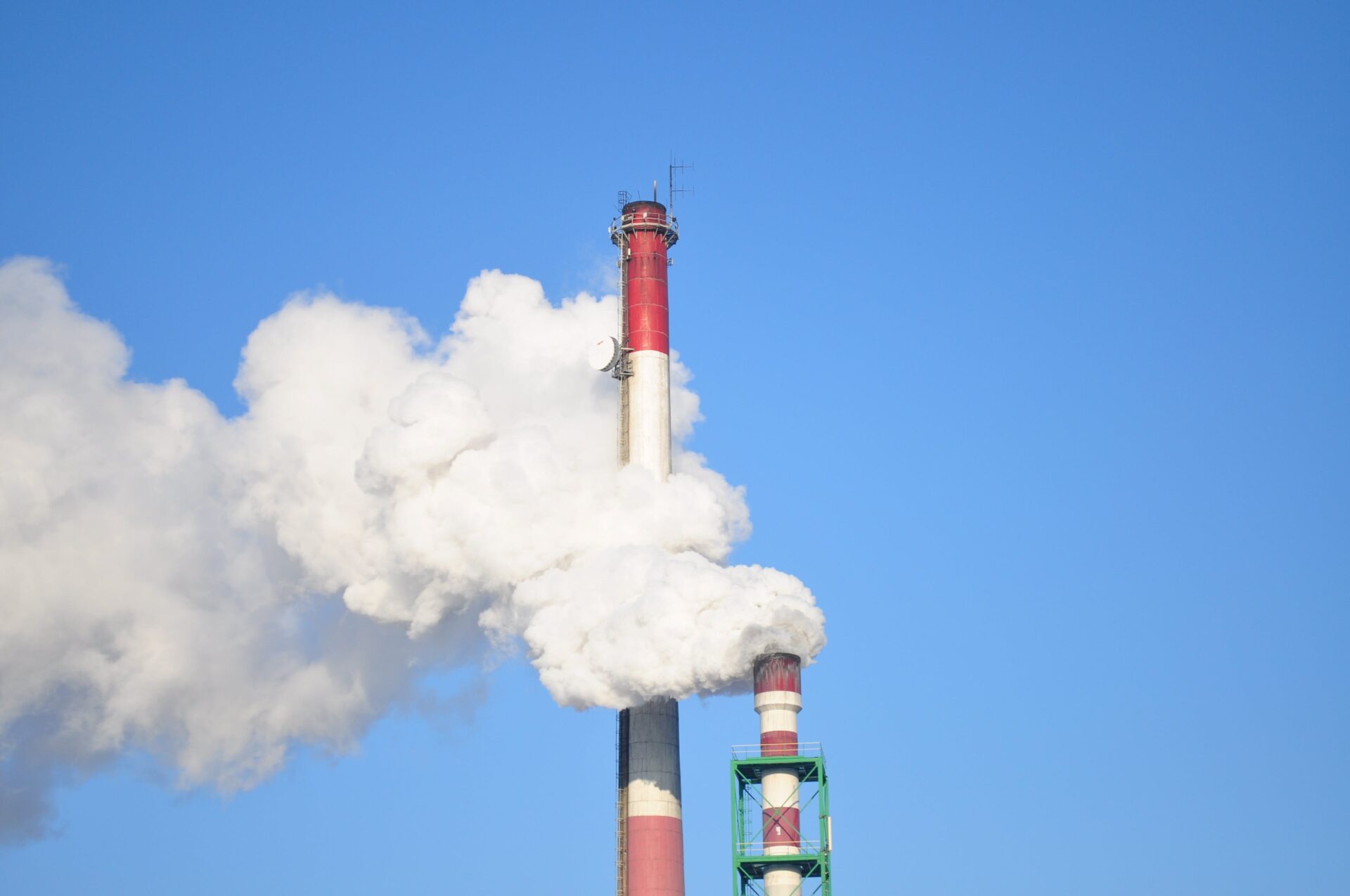Carbon Footprint is the conventionally accepted name for all greenhouse gases emitted into the atmosphere. But what exactly are these gases and where do they come from? What do we have to do with them? Why is their presence harming the planet and humanity as a whole? When you hear terms like “carbon footprint,” “CO2 emissions” or “sustainability” it’s probably easy to downplay the inner sage that suggests you take an interest in the subject. That’s why we’re giving it all on a platter today. In the first part of this article, we delve the topic of carbon footprint, explain the causes and effects, and encourage a green change.
Where does the Carbon Footprint come from?
Each of us, regardless of age, lifestyle, profession or passion, leaves an imprint on the planet, much like a new pair of shoes on our feet. Footwear adjusts to us after a while, but in the case of the planet, nothing could be further from the truth! As the global population grows, so does the Carbon Footprint. This footprint is the invisible to the naked eye effect of our daily activities and processes. We drive a car, use a computer, throw out the garbage, turn on the radiator or buy a new washing machine – at the same time we contribute to increasing the amount of CO2 in the atmosphere.
To be clear – it’s not just humans, but every organism (whether animal or plant) that contributes to the production of greenhouse gases. The knot is in the quantity!
CO 2 – impact on climate
Have you ever heard the statement that if we assume that the Earth has existed for 24 hours, modern man has been on it for 2 minutes? Imagine how devastating the impact of greenhouse gases must be since for all those years before humans, the planet managed well with the amount of CO 2 produced by plants and animals alone. Individual humans, companies and factories produce too much greenhouse gas that the planet can’t handle.
The carbon footprint we leave behind enters the atmosphere. Like any ecosystem, the atmosphere also has its limits and ability to absorb greenhouse gases. The Earth can tolerate a certain amount of gases, but our activities definitely exceed that amount. As a result, the gases begin to surround our planet, forming a hot layer all over the globe.
Carbon Footprint and climate warming
- Emission – burning fossil fuels, deforestation, industrial processes, disposal of precipitation – each of us contributes in some way to the production, or emission, of greenhouse gases.
- Transport to the atmosphere – gases, especially carbon dioxide along with the air, enter the atmosphere, forming (in a nutshell) a layer of gases between the earth and the sun.
- Absorption of radiation – gases have the ability to absorb radiation from the sun and emitted by the planet.
- Reemission – greenhouse gases, according to their nature, try to get rid of excess energy. So they send thermal radiation in different directions, including back to the Earth’s surface.
Climate warming is an accumulation effect, which means that increasing the amount of greenhouse gases in the atmosphere leads to a gradual increase in the temperature at the Earth’s surface. This, in turn, affects climate change. This is why reducing greenhouse gas emissions is a key goal in global efforts to mitigate climate change.
- Do you manage a manufacturing plant?
- Are you interested in reducing CO 2 levels in your machinery park?
Be sure to read the second part of the article series on reducing your Carbon Footprint and learn more about the challenge.
Contact us
Do you want to move your production plant to level 4.0? Are you interested in modern solutions for industry in the field of automation and digitisation? Be sure to let us know!


